The Panch Pokhari Trek, situated in the Langtang region of Nepal, is a hidden gem offering a less-traveled route for trekking enthusiasts. The journey kicks off from Kathmandu, leading trekkers through charming villages inhabited by diverse ethnic communities. The trail unfolds a rich tapestry of landscapes, from lush forests and terraced fields to high altitude grazing lands, culminating in the breathtaking sight of the Panch Pokhari, a cluster of five alpine glacial lakes at an elevation of 4100 meters. These sacred lakes, set against a backdrop of snow-capped peaks, create a stunning visual spectacle and mark the pinnacle of this trek.
Throughout the adventure, trekkers are treated to panoramic views of Himalayan peaks such as Dorje Lakpa, Jugal Hima, Langtang Lirung, and Ganesh Himal. The region’s relatively untouched nature adds to the allure, providing a sense of tranquility and seclusion. Accommodations along the trail range from teahouses to camping options, offering a blend of local hospitality and outdoor camping experiences. With a moderate difficulty level, the Panch Pokhari Trek is accessible to a broad range of trekkers , making it an enriching option for those seeking a less crowded and off-the-beaten-path adventure in the Himalayas. Overall, this trek promises a unique combination of cultural exploration, diverse landscapes, and awe-inspiring mountain views for an unforgettable journey in Nepal.
Panch Pokhari Trek Highlights
1. Immerse yourself in breathtaking views of the Himalayan mountains, lush valleys, and pristine alpine scenery throughout the trek.
2. Experience the rich cultural tapestry of the region by interacting with local communities and gaining insights into their traditions and way of life.
3. Discover the pristine beauty of the Panch Pokhari, a cluster of five sacred alpine lakes nestled amidst the high Himalayas, each with its unique charm.
4. Challenge yourself with varying altitudes, reaching up to 4100 meters, providing a thrilling adventure for trekkers seeking both physical and mental endurance.
5. Explore diverse ecosystems, from rhododendron forests to high-altitude meadows, and witness the unique flora and fauna that thrive in this remote Himalayan region.
6. Experience the warm hospitality of the local people, staying in tea houses and enjoying traditional Nepali cuisine along the trekking route.
7. Encounter challenging passes and ridges, adding an element of excitement and adventure to the trekking experience.
8. Capture stunning moments at every turn, with the trek offering numerous photo opportunities of the majestic landscapes and cultural nuances.
9. Enjoy the tranquility of the remote Himalayan wilderness, far from the hustle and bustle of city life, providing a perfect escape for nature enthusiasts and adventure seekers alike.
Best time for Panch Pokhari Trek
The best time to trek the Panch Pokhari Trek is during the spring and autumn seasons in Nepal. These periods offer the most favorable weather conditions, clear skies, and optimal temperatures for trekking.
Spring Season (March to May)
Spring is one of the most popular times to trek in the Langtang Region, which includes the Panch Pokhari Trek. During this season:
- Weather Conditions: The weather is generally mild and pleasant, with daytime temperatures ranging from 10°C to 20°C at lower elevations, while higher elevations are cooler.
- Clear Views: The skies are typically clear, providing stunning views of the surrounding mountains, including Langtang Lirung, Dorje Lakpa, Phurbi Chhyachu, Gaurishankar, Jugal Himal, Ganesh Himal, and Rolwaling Range.
- Flora: The rhododendron and pine forests are in full bloom, creating a vibrant landscape with colorful flowers and lush greenery.
- Crowds: Though this is a popular trekking season, the Panch Pokhari Trekking trails remain less crowded than other treks in the Langtang Region.
Autumn Season (September to November)
Autumn is another ideal time to trek the Panch Pokhari this season:
- Weather Conditions: The weather is stable with clear skies, low humidity, and pleasant temperatures, similar to spring. Daytime temperatures range from 10°C to 20°C at lower elevations, while it is cooler at higher altitudes.
- Clear Views: Autumn is known for its crisp air, providing excellent visibility of the surrounding peaks and landscapes.
- Festivals: This season aligns with major Nepali festivals like Dashain and Tihar, offering cultural insights and opportunities to experience local traditions.
- Crowds: Though autumn is the peak trekking season in Nepal, the Panch Pokhari Trek trails are less crowded compared to other treks.
Off-Season Considerations
While spring and autumn are the best time for the Panch Pokhari Trek, some trekkers prefer off-season trekking for a unique experience. However, these periods come with challenges:
- Winter Season (December to February): Trekking in winter offers solitude and stunning snowy landscapes, but temperatures can drop significantly, especially at higher elevations. Trails might be icy, and some teahouses could be closed.
- Monsoon Season (June to August): The monsoon brings heavy rain, making trails slippery and increasing the risk of landslides and leeches. The clouds and rain can also obstruct mountain views.
Overall, spring and autumn offer the best combination of weather, views, and cultural experiences, making them the ideal times to trek the Panch Pokhari. If you’re planning a trip during the off-season, be prepared for additional challenges and always check weather forecasts and trail conditions in advance.
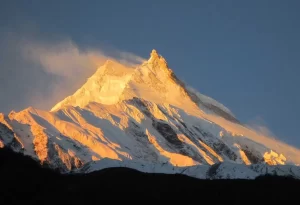 Trekking
Trekking
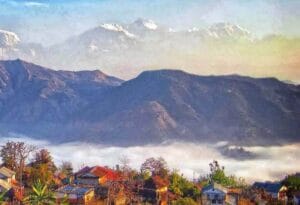 Trekking
Trekking
 Trekking
Trekking
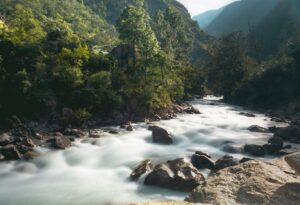 Trekking
Trekking
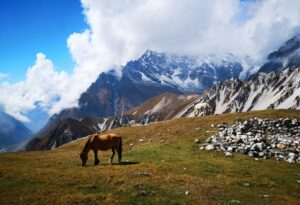 Trekking
Trekking
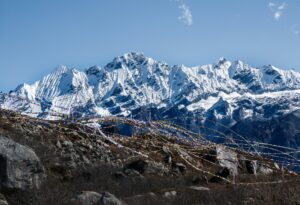 Trekking
Trekking
 Trekking
Trekking
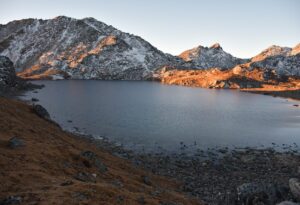 Trekking
Trekking
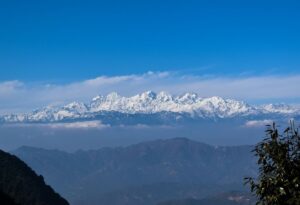 Trekking
Trekking
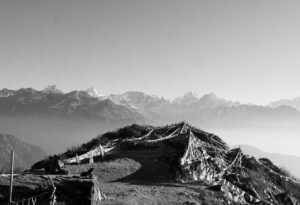 Trekking
Trekking
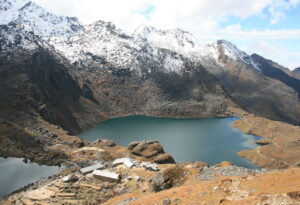 Trekking
Trekking
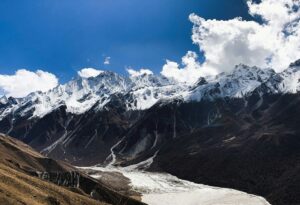 Trekking
Trekking
